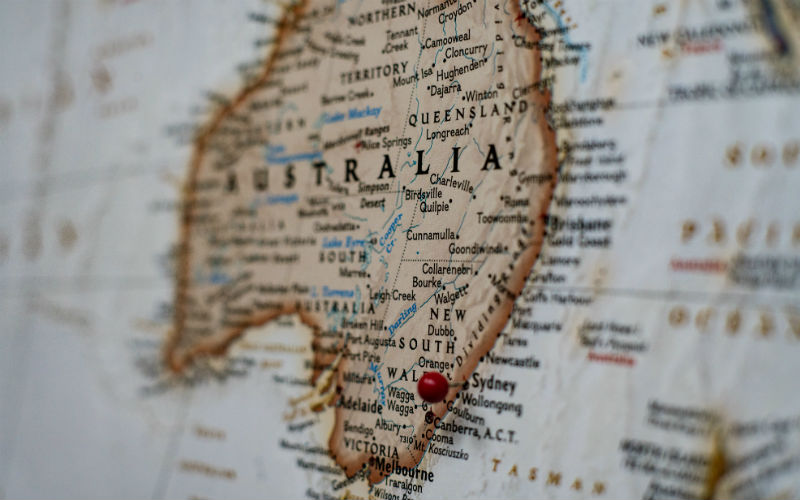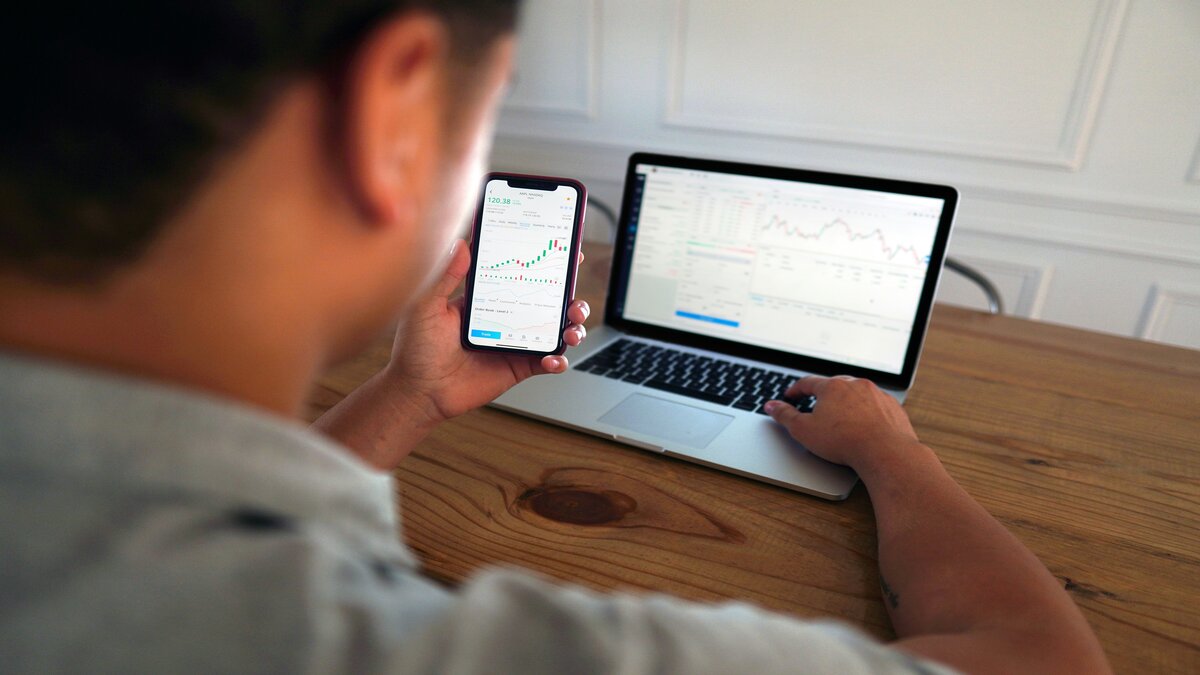This comes as November’s RBA Statement of Monetary Policy had anticipated the decline back to a 5% household savings ratio to be achieved within the next 18 months.
Some three months later that mark has already been cracked, with ABS figures detailing a decline from 6.9% in the September 2022 quarter to 4.5% in December.
ABS Head of National Accounts Katherine Keenan noted the household saving ratio continued to decline in the December quarter, to the lowest level since September 2017.
“The fall was driven by increased interest payable on dwellings, income tax payable and increased spending," Ms Keenan said.
To put the rate of decline into perspective, in December 2021 the household savings ratio sat at 13.5% off the back of significant savings buffers built up throughout the COVID-19 pandemic.
Speaking to Savings.com.au PRD Chief Economist Dr Asti Mardiasmo said the decline in household savings is a major concern and issue, especially because it is under 5.0%.
She said 5.0% is a useful yardstick of a robust economy, and a benchmark Australia held for a number of years post-GFC and pre-COVID-19.
"At the moment it’s even more of an issue due to the fact that our costs are still increasing – rate rises, mortgage repayments, and just day to day costs," Dr Mardiasmo said.
"What this means for households, is that there is now even more segregation between those who do have a higher income and savings account than those who don’t - particularly as we ride out the next three-to-six months."
Dr Mardiasmo noted as an overall, we will really see even more households re-budget in the immediate future.
"There will be some really hard choices made between what is primary, secondary, and tertiary needs, with primary needs being prioritised," she said.
"This is where 'the real cycle' begins in terms of demand declining and having a multiplier effect on the economy, resulting in lower prices (decline in inflation). It’s the storm before any good basically, as lower inflation is what we are looking for."
GDP figures reveal 0.5% uptick in December quarter
The ABS revealed Gross Domestic Product (GDP) figures lifted in the December quarter by 0.5% to reach an increase of 2.7% annually.
Ms Keenan noted although December’s increase marks the the fifth consecutive rise in quarterly GDP, growth slowed in each of the last two quarters.
“The 0.4% rise in total consumption and 1.1% rise in exports were the primary contributors to GDP growth in the December quarter,” she said.
“Continued growth in household and government spending drove the rise in consumption, while increased exports of travel services and continued overseas demand for coal and mineral ores drove exports.”
The 0.5% result was flatter than expected; CommBank and Westpac economists anticipated a 0.7% quarterly increase in GDP, with NAB economists forecasting a 0.8% quarterly lift and ANZ expecting a 1.0% increase.
Despite finishing the year in positive fashion, the RBA noted within its February Statement of Monetary Policy that it expects GDP growth to now taper throughout 2023 and 2024 at 1.5%.
“The effects of higher interest rates, the rapidly increasing cost of living and declining real wealth are all expected to weigh on demand in the period ahead,” the statement read.
Image by iSaw Company via Pexels



 Harrison Astbury
Harrison Astbury
 Harry O'Sullivan
Harry O'Sullivan




